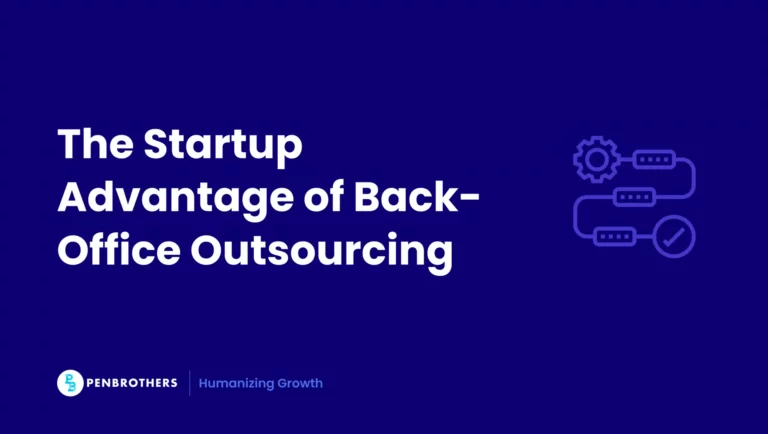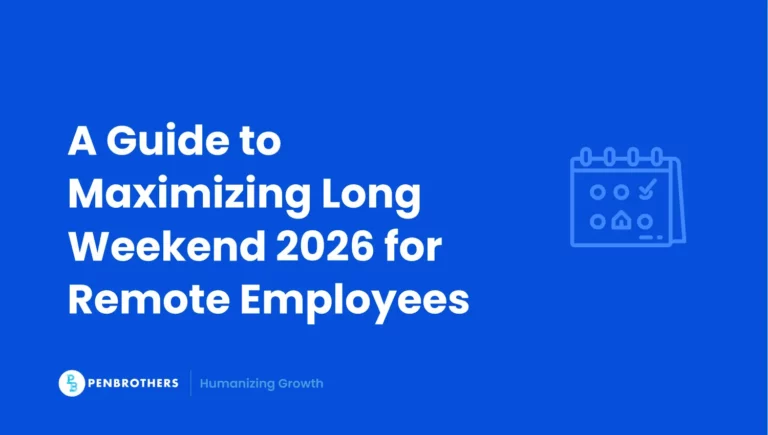Key Takeaways
- Seamless compliance: Online BIR payments keep payroll smooth and filings hassle-free.
- Error-proof your workflow: Verifying TIN, RDO, and tax type upfront prevents rejected transactions and penalties.
- Audit-ready records: Structured digital receipts and forms protect against disputes and future audits.
Paying taxes in the Philippines has long been seen as a cumbersome task, especially for remote workers juggling multiple clients, varied income streams, and digital payroll systems. But in 2025, the Bureau of Internal Revenue (BIR) has made online tax payment more accessible than ever. For remote professionals, knowing how to navigate this system efficiently is no longer just a compliance requirement. It’s a career safeguard. Mistakes or delays can block payments, complicate annual filings, or create disputes with employers or clients.
This guide shows how to do it correctly, avoid hidden pitfalls, and integrate tax payment seamlessly into your workflow. By the end, you’ll see that BIR online payments can be fast, accurate, and surprisingly manageable.
Why Online Tax Payment Matters for Remote Workers
Online tax payment is more than convenience. It is essential for financial credibility and professional trust. For freelancers and remote employees, accurate and timely payments:
- Ensure smooth payroll processing and avoid blocked salary releases.
- Maintain a verifiable record for annual income filings, client audits, or government transactions.
- Prevent penalties, interest, and disputes with clients or the BIR.
For HR and payroll teams, digital tax payment reduces manual errors, simplifies reconciliation, and ensures compliance across multiple remote hires. Understanding this process empowers both employees and organizations to avoid surprises during audits or payroll cycles.
Step-by-Step Workflow for Online Tax Payment in the Philippines
Having a clear, structured workflow transforms online tax payment from a stressful task into a predictable, repeatable process.
Step 1: Verify TIN and RDO Assignment
- Check that your TIN is valid and linked to the correct RDO.
- Remote workers with multiple clients in different RDOs need to clarify which RDO manages payroll remittance.
Step 2: Prepare documents and forms
- Forms: 2316 (employees), 0605 (payment), 1601-CF (remittance), 1701 (self-employed/freelancers).
- Digital copies of contracts, IDs, and proof of payments.
Step 3: Log in to the BIR System
- Use eFPS, eBIRForms, or a partner bank portal.
- Create an account if you’re a first-time user and verify your email.
Step 4: Input tax details
- Select the correct tax type, payment period, and amount.
- Double-check TIN and RDO information.
Step 5: Confirm and submit payment
- Review details carefully.
- Submit payment and download official receipt (BIR Form 0605 or e-receipt).
Step 6: Reconcile with payroll or personal records
- Cross-check amounts, client payments, and deductions.
- Maintain digital receipts for annual filing or audits.
Step 7: Maintain secure digital records
- Organize receipts by month or client.
- Store securely using cloud storage with access controls for HR or payroll personnel.
A structured workflow not only ensures compliance but also prevents errors, reduces last-minute stress, and creates a reliable audit trail, turning online tax payment into a manageable part of remote work life.
BIR Payment Channels for Remote Workers
Remote workers have multiple options for paying taxes online. Each method has benefits and potential challenges, and knowing which to use can save time and prevent errors.
Channels Overview:
- eFPS (Electronic Filing & Payment System): The official BIR portal for individuals and corporations. Ideal for monthly and annual filings, offering real-time confirmation.
- eBIRForms: Offline preparation with online submission. Useful for freelancers or those who want to validate forms before submission.
- Partner Banks & Online Portals: Includes BDO, BPI, Land Bank, UnionBank. Convenient for direct payments and automatic posting to BIR records.
Selecting the right channel based on your workflow, client types, and filing needs ensures you maximize efficiency and minimize errors, especially for remote workers handling multiple income sources.
Common Tax Payment Pitfalls Done Online
Even experienced remote workers can stumble when paying taxes online. Awareness of common pitfalls ensures you remain compliant and your payroll runs smoothly.
Key Pitfalls:
- Wrong Tax Type Selection: Misclassifying income can result in payment rejections or penalties.
- RDO or TIN Mismatch: Verify details with HR or clients to avoid delays.
- Missing Digital Receipts: Always download e-receipts immediately to maintain a complete record.
- Late Payments: Schedule payments ahead of deadlines.
- International Payment Issues: Ensure correct PHP conversion and proper documentation.
By proactively addressing these pitfalls, remote workers can stay ahead of compliance issues, maintain smooth cash flow, and avoid unnecessary penalties or disruptions.
Integration with HR and Payroll Systems
HR and payroll teams play a pivotal role in helping remote workers pay taxes correctly and on time. Here are the best practices that compliant HR and payroll teams are anchored on:
- Include online tax payment compliance as a standard onboarding step.
- Maintain a centralized, secure digital filing system for TINs, RDO assignments, and receipts.
- Reconcile payments regularly using payroll software.
- Periodically validate TINs and payments using BIR tools to ensure accuracy.
Embedding these processes into HR and payroll systems creates a seamless compliance experience, helping remote teams stay organized, audit-ready, and confident in their digital tax payments.
Online Tax Payment Tips for Remote Workers
Beyond the basics, remote workers can leverage tools and workflows to make online tax payment easier and more reliable.
Tips & Hacks:
- Track multi-client income and payments using accounting software.
- Automate reminders for recurring tax deadlines.
- Organize digital receipts and forms by client or month.
- Coordinate with HR or finance for accurate RDO alignment and approval.
- Monitor BIR announcements for maintenance or portal downtime.
Implementing these advanced strategies transforms compliance into a structured, low-stress routine, turning tax payment from a dreaded task into a predictable part of remote work life.
Conclusion
By following structured workflows, maintaining digital records, and integrating processes with HR and payroll systems, remote employees and freelancers can ensure timely payments, accurate records, and stress-free compliance.
For HR and payroll teams, adopting these practices builds trust, reduces errors, and ensures a seamless payroll experience. With the right guidance and workflow, BIR online tax payment truly becomes “made easy” for everyone involved.






